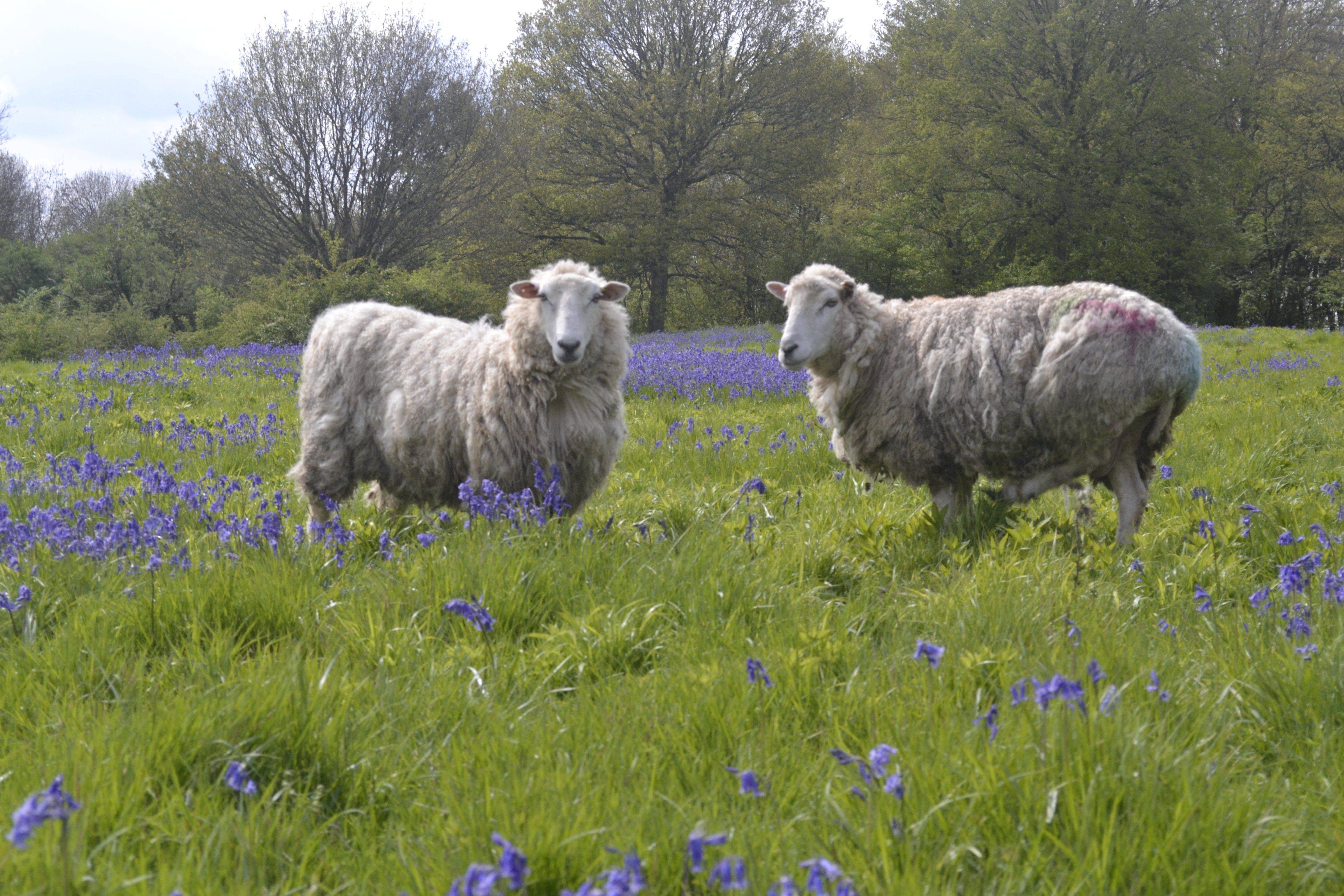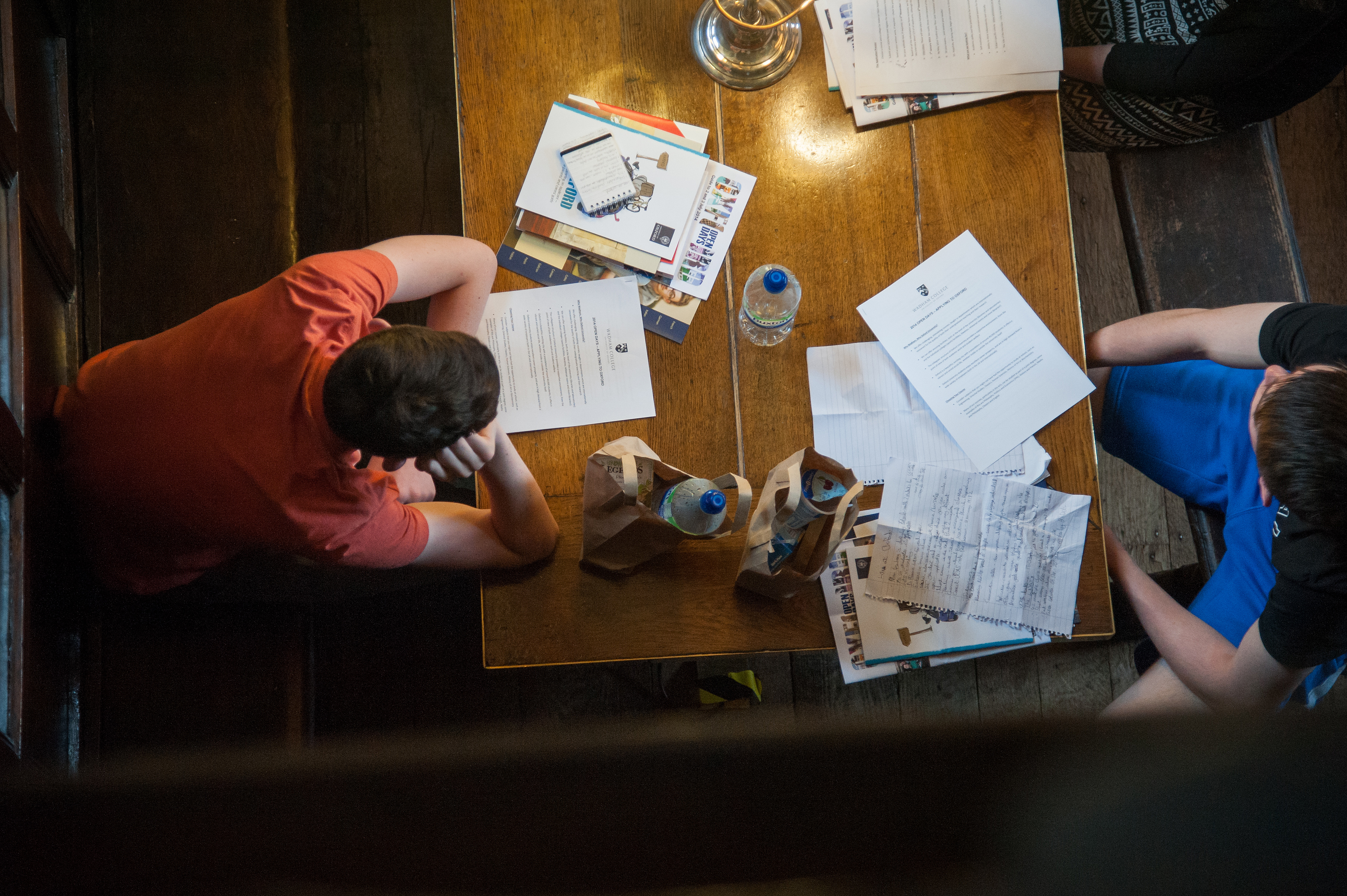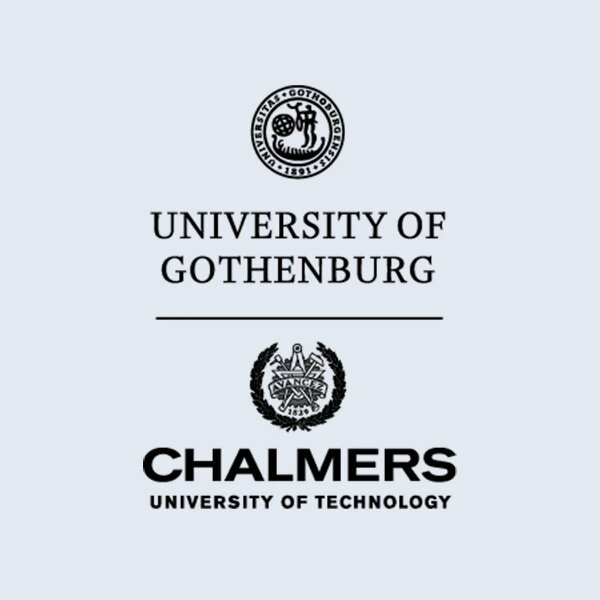Translation varieties
Abstract
In algebraic geometry, the technique of dévissage reduces many questions to the case of curves. In difference and differential algebra, this is not the case, but the obstructions can be closely analysed. In difference algebra, they are difference varieties defined by equations of the form $\si(x)=g x$, determined by an action of an algebraic group and an element g of this group. This is joint work with Zoé Chatzidakis.




 Prof. Tanniemola Liverpool will be giving a lecture on the Mathematics of Wound Healing on Wednesday 19 February at 5pm.
Prof. Tanniemola Liverpool will be giving a lecture on the Mathematics of Wound Healing on Wednesday 19 February at 5pm. The Department of Mathematical Sciences at Chalmers University of Technology and the University of Gothenburg are looking for PhD students.
The Department of Mathematical Sciences at Chalmers University of Technology and the University of Gothenburg are looking for PhD students.
 Sunday 9th March (Week 8), 15:45-18:00, Iffley Road Sports Centre
Sunday 9th March (Week 8), 15:45-18:00, Iffley Road Sports Centre